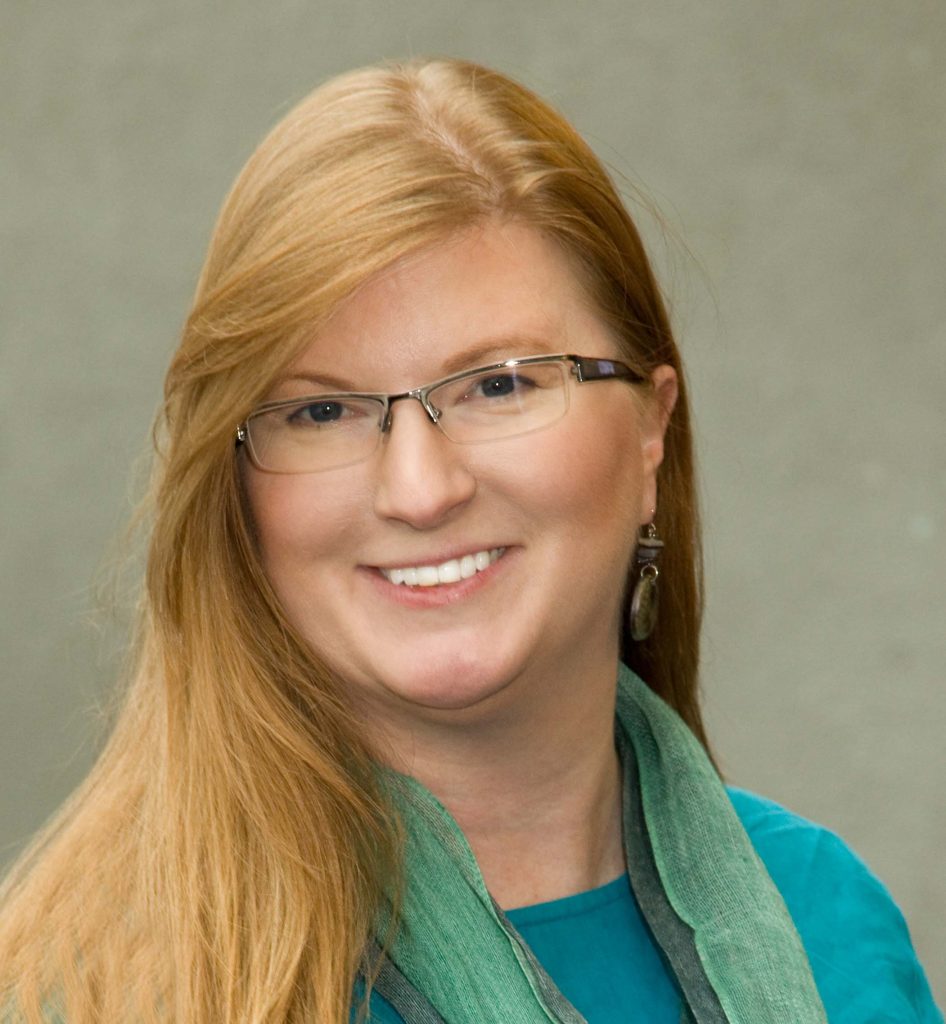Dr. Lisa Sundahl-Platt is one of the founding members of FIBER, head of both the Integrative Prevention Through Design Lab as well as the upcoming Sustainable Adaptive Material Practicum Lab (SAMPL), and an Assistant Professor of Interior Design at UF.
Resilience is multi-faceted. There is the concrete component — the material of built environments, the design of sustainable architecture, the resiliency of construction — and then there is the more abstract, sociological aspect — the effects an environmental shock has on a community, particularly in perpetuating inequality, and the policymaking that contributes to a community’s ability to build back. One researcher delving into the forefront of both sides of resilience is Dr. Lisa Sundahl-Platt, who works towards improving both the design side of resiliency as well as the sociological side by utilizing complex systems modeling and innovative artificial intelligence.
“I was specifically interested in resilience from an engineering standpoint but also from a psychological standpoint because it’s very difficult to divorce those two things. From an individual and community health perspective designing regenerative environments is an imperative for ensuring human health and wellbeing.”
SAMPL, which was recently awarded $85,000 for their research by the Angelo Donghia Foundation, was created with this idea in mind — the desire to reconcile regenerative materials with the sociological aspects of resiliency. This lab is dedicated to looking into ways to construct regenerative built environments, or in other words, ways to construct environments so that they actively contribute to measurably improving their ecological and social settings rather than just reducing their carbon footprint.
“The SAMPL Lab looks at the concept of the regenerative materials movement. Regenerative design really is the idea that, ‘What if every decision we made regarding the built environment not only avoided harming the environment but also actively enhanced it in a substantial and meaningful way?’ By addressing that, you are impacting human health and wellbeing, and reducing the embodied energy and suffering of material production and…impact of harvesting raw materials on the environment.”
To this end, Dr. Sundahl-Platt also utilizes innovative complexity modeling and artificial intelligence in her research to forecast scenario outcomes. In one of her projects, Dr. Sundahl-Platt is conducting research that employs a combination of computer-based scenario planning and in-depth qualitative analysis to explore how healthy and safe living spaces intersect with the well-being of community members. By using advanced modeling techniques and in-depth study, we aim to uncover the connections between living environments and the health and happiness of the people who call them home.
“AI offers the advantage of processing and making sense of complex and unstructured data, making it comprehensible for human interpretation. Moreover, AI serves as a valuable tool for forecasting outcomes, enabling the integration of diverse datasets to provide empirical-based predictions, even if not entirely perfect. These AI tools have paved the way for the development of a qualitative survey that we are currently implementing with carefully selected samples within Jacksonville’s urban core neighborhoods.”
One of the challenges Dr. Sundahl-Platt discussed regarding working on a project of this scope is not only addressing the issue at hand but also finding ways to demonstrate its necessity to the local community. The improvements and benefits that come from solving problems of this caliber can often be more abstract and difficult to measure – leading some to believe they may not be worth solving at all.
“People often express concerns, saying, ‘We understand it’s the right thing to do, but it’s financially challenging.’ In response, my approach aims to demonstrate how it’s not only feasible but also economically prudent, making it clear that you can’t afford to miss out on these opportunities.”
Dr. Sundahl-Platt is optimistic that the work she is engaged in with other FIBER and DCP colleagues in Jacksonville communities will result in regenerative design solutions that are replicable throughout Florida and the United States.
“My overarching aspiration is to replicate the success we achieve in communities like Jacksonville across various regions in Florida, with a particular emphasis on collaborating with health systems. These regenerative design communities would function as dynamic living laboratories, offering valuable insights that we can showcase as exemplary case studies. This way, we can inspire and educate communities worldwide, enabling them to adopt and adapt the effective strategies employed by these pioneering locations.”
